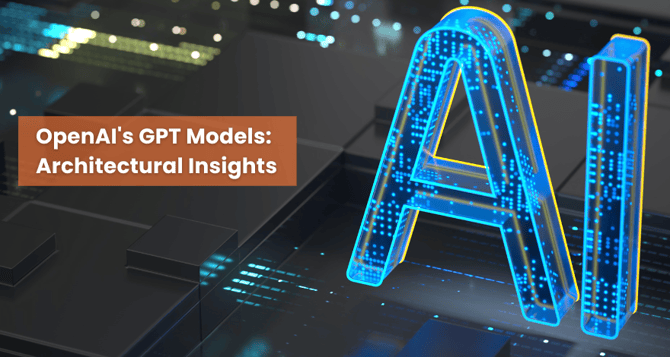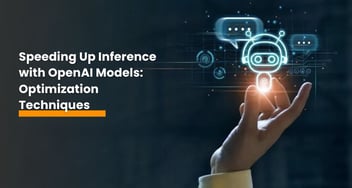A Deep Dive into OpenAI's GPT Models: Architectural Insights
This exploration offers a detailed examination of OpenAI's GPT models, focusing on their architectural intricacies. The analysis provides valuable insights into the design and functionality of these advanced language models.

Artificial intelligence and natural language processing have witnessed tremendous advancements in recent years, and one of the most prominent developments in this field is the advent of transformer-based models.
Among these models, OpenAI's GPT (Generative Pretrained Transformer) series has garnered significant attention. In this article, we'll take a deep dive into the architecture of GPT models, discussing their key components and providing code snippets for better understanding.
Introduction to GPT Models
GPT models are a family of language models developed by OpenAI. They are built upon the transformer architecture, which has proven to be highly effective in various NLP tasks. The primary objective of GPT models is to generate human-like text based on a given context. These models are pre-trained on massive text corpora and can be fine-tuned for specific NLP tasks.
Architecture Overview
The GPT architecture consists of several key components, each playing a vital role in understanding and generating text. Let's explore these components in detail:
1. Transformer Architecture
The backbone of GPT models is the transformer architecture. It is composed of an encoder-decoder structure, but in the case of GPT, only the decoder is used. The transformer architecture consists of multiple layers, each containing self-attention mechanisms and feedforward neural networks.

2. Positional Encoding
To handle the sequential nature of language, GPT models use positional encodings. These encodings are added to the input embeddings to provide information about the position of each token in the sequence.

3. Token Embeddings
GPT models use token embeddings to represent the input text. Each token is embedded into a continuous vector space, which allows the model to process the text.

4. Layer Stacking
GPT models typically stack multiple transformer layers on top of each other to capture complex patterns in the text. The number of layers is a hyperparameter that can be adjusted based on the task and available resources.

Conclusion
OpenAI's GPT models have revolutionized the field of natural language processing. Understanding their architecture, which is built upon the transformer model, is crucial for anyone interested in working with these models.
Elevate Your Business with Custom AI Solutions
Our AI development services offer a tailored approach to meet your specific business needs. Let's discuss your project today!
In this article, we've delved into the key components of GPT models and provided code snippets to illustrate their implementation. With this knowledge, you can explore and experiment with GPT models for various NLP tasks, from text generation to sentiment analysis and more.


%201-1.webp)


.png?width=344&height=101&name=Mask%20group%20(5).png)
















